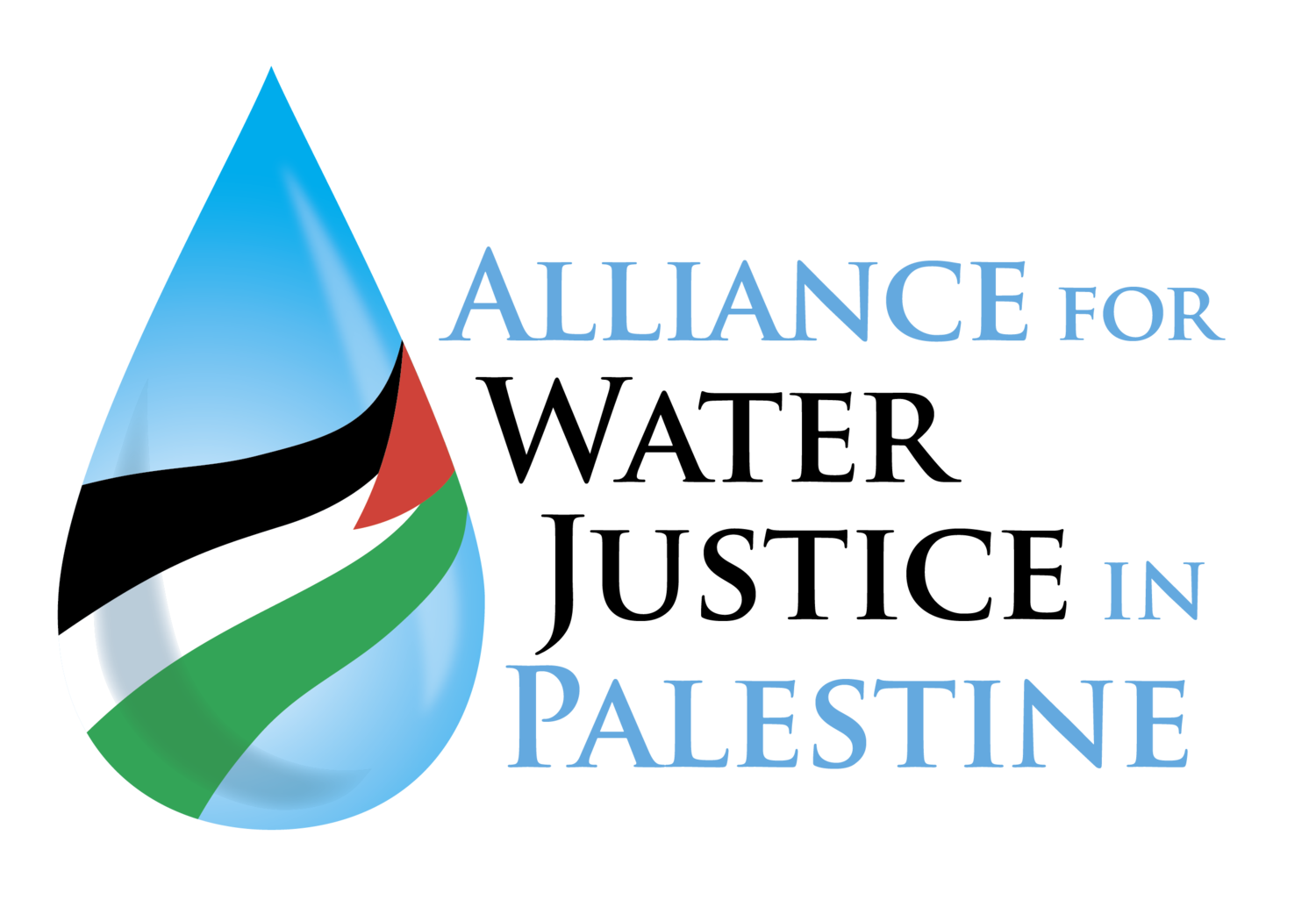“The water problem started from the beginning of the Israeli occupation of Palestine but was exacerbated with the Oslo II interim agreement between the PLO and the Israeli government in 1995. The Oslo Agreement stipulated “the equitable utilization of joint water resources for implementation in and beyond the interim period.” But in reality, this has never happened.
The agreement which was supposed to be an interim period of five years bounded the development of Palestinian water resources and was framed on the assumption that Palestinian water needs were 70–80 mcm per year and that the interim water development must be managed through a Palestinian-Israeli mechanism. The topics of ‘common interest’ (water being one) would be further delineated under the permanent status negotiations.
The failure to reach a permanent agreement has meant the inequitable distribution of the West Bank groundwater resources with 15% allocated to the Palestinians and 85% to Israel.”
Read this comprehensive and succinct report:
Annexing the Aquifers: Israel and the Water Crisis in Occupied Palestine
A Palestinian woman fills a jerrycan with spring water in Salfit, north of Ramallah. (Photo: File)




